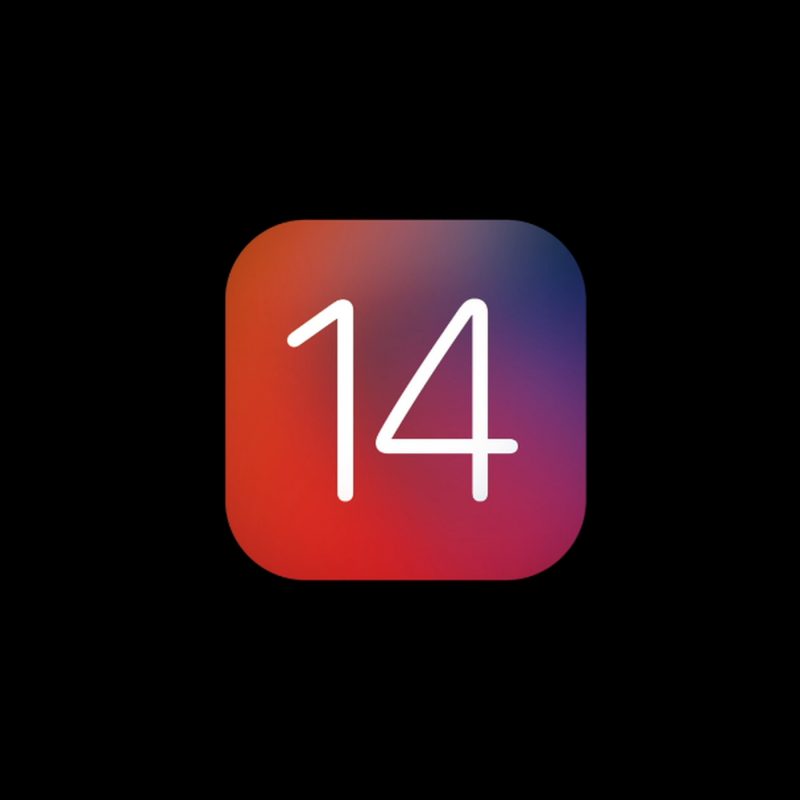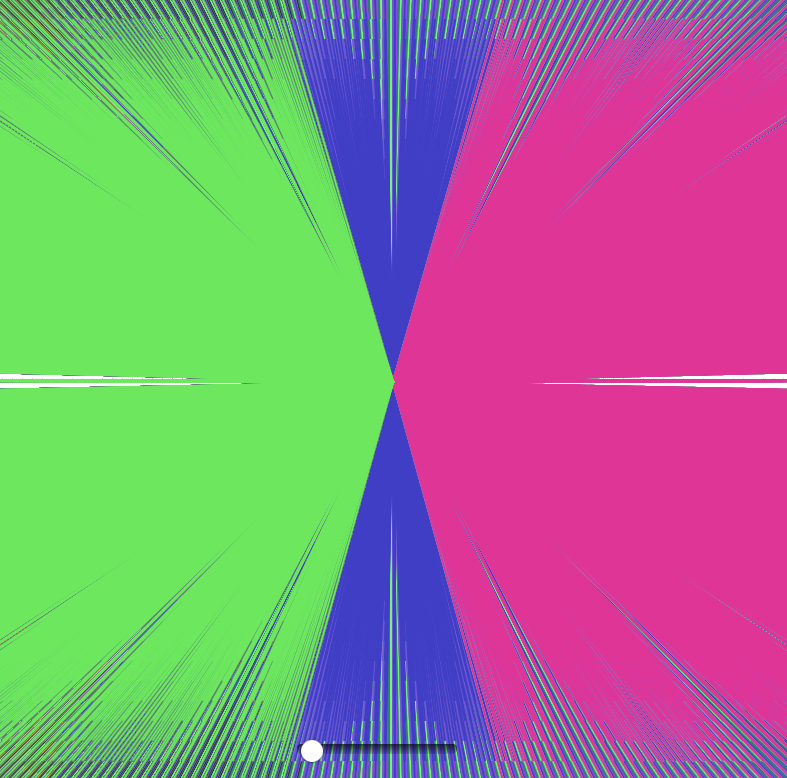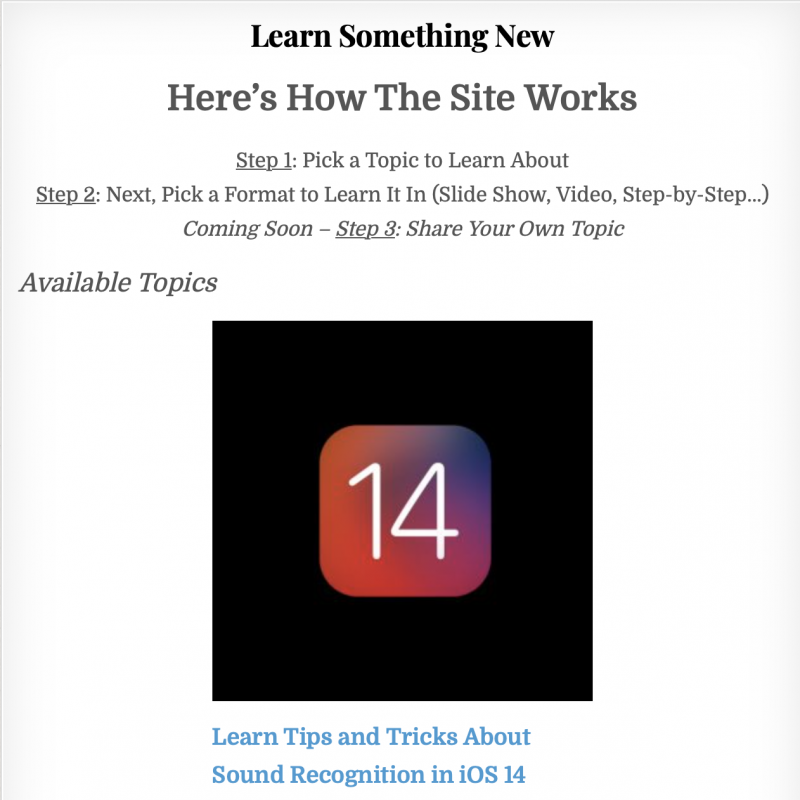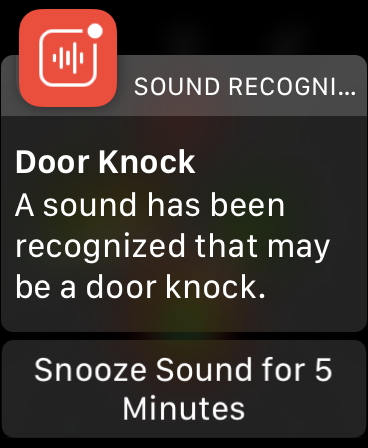For this week’s assignment, we were asked to write about a set of tasks we were given last week. The initial request was for us to each pick two small things that we wanted to learn that week that would take between one and two hours. We were asked to choose things we could learn about using digital media and find different ways to learn about them online.
For my first thing to learn, I chose to learn how to transplant plant cuttings from water to soil. If you don’t know what this means, allow me to explain. Many plants, particularly houseplants, lend themselves well to producing roots when you place a cutting from the plant partially into water. While many plants can be sustained hydroponically, I’ve been particularly interested in propagating clippings from my rosemary and basil plants, which I’d like to grow and thrive using nutrients from the soil. Because of this, I set for my first task to learn how to properly help the transition from clipped branch to becoming a full-fledged miniature houseplant.
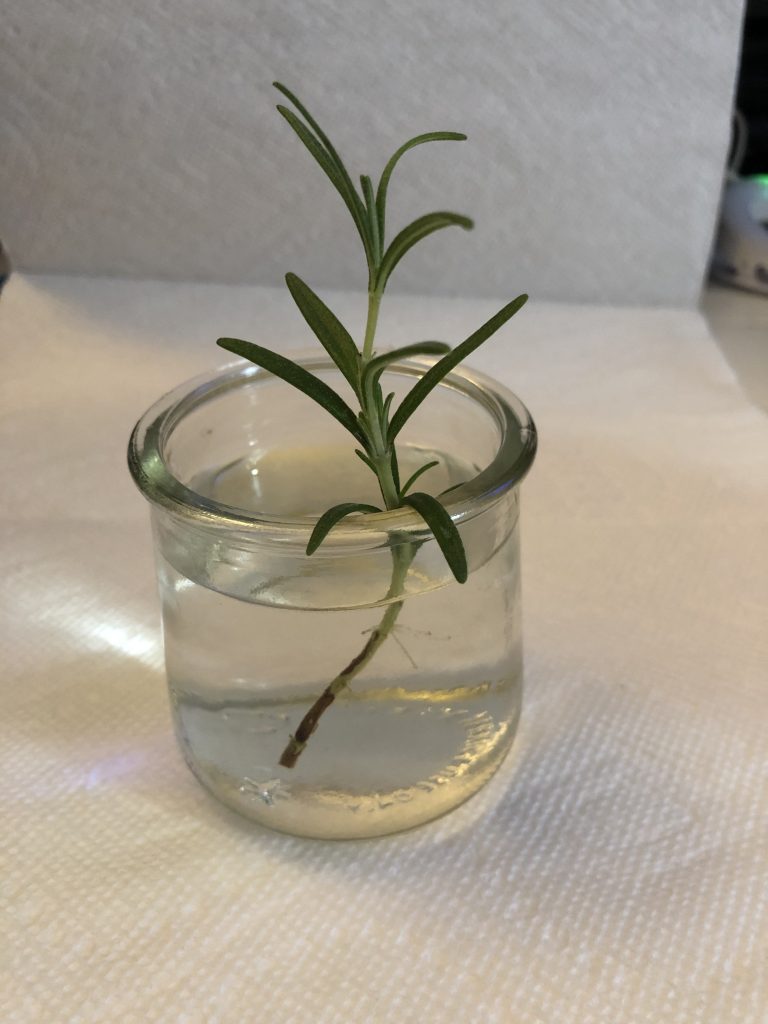 Learning Two Things Two Ways - Water to Soil Planting - The First Way - Image A
Learning Two Things Two Ways - Water to Soil Planting - The First Way - Image A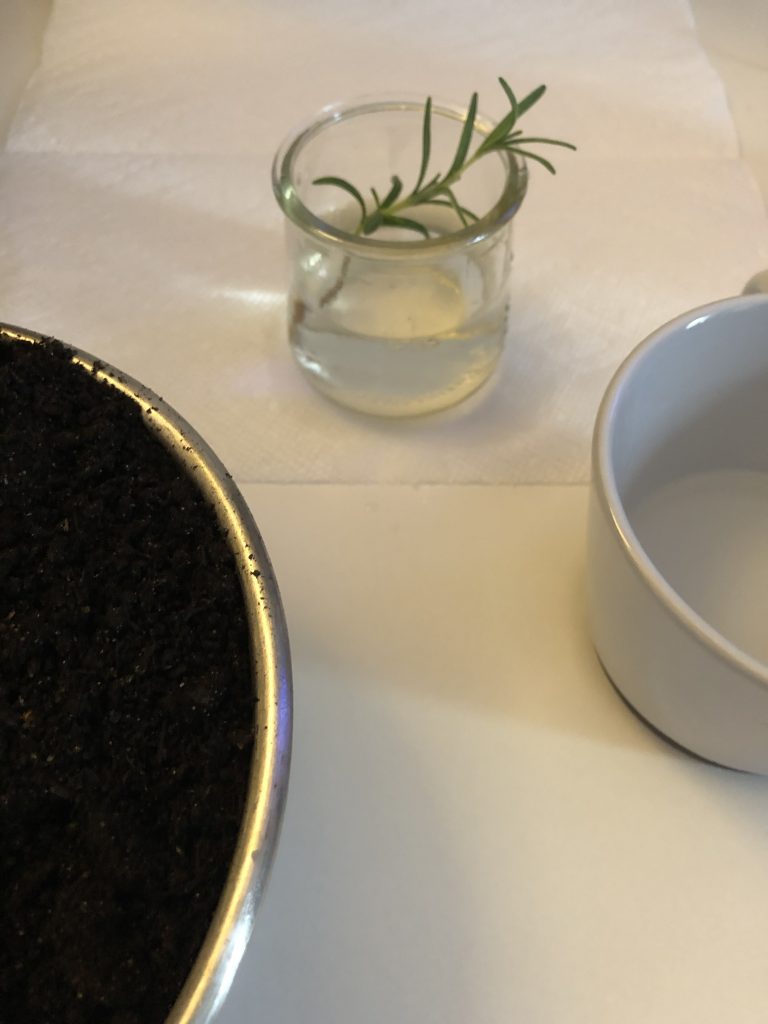 Learning Two Things Two Ways - Water to Soil Planting - The First Way - Image B
Learning Two Things Two Ways - Water to Soil Planting - The First Way - Image B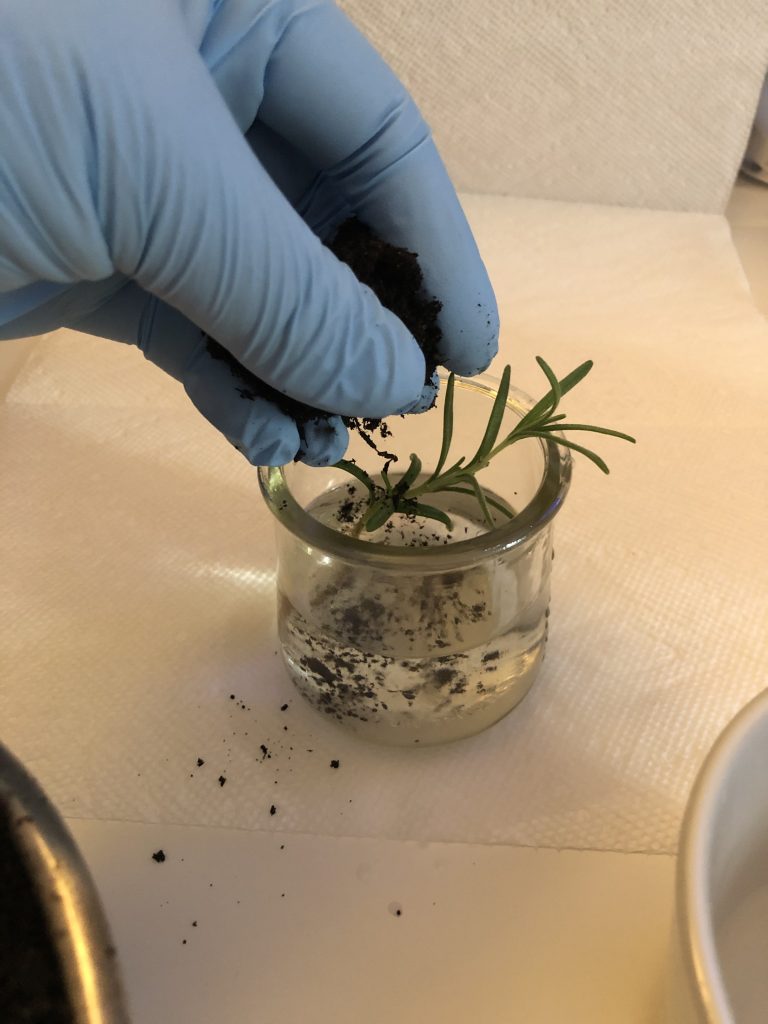 Learning Two Things Two Ways - Water to Soil Planting - The First Way - Image C
Learning Two Things Two Ways - Water to Soil Planting - The First Way - Image C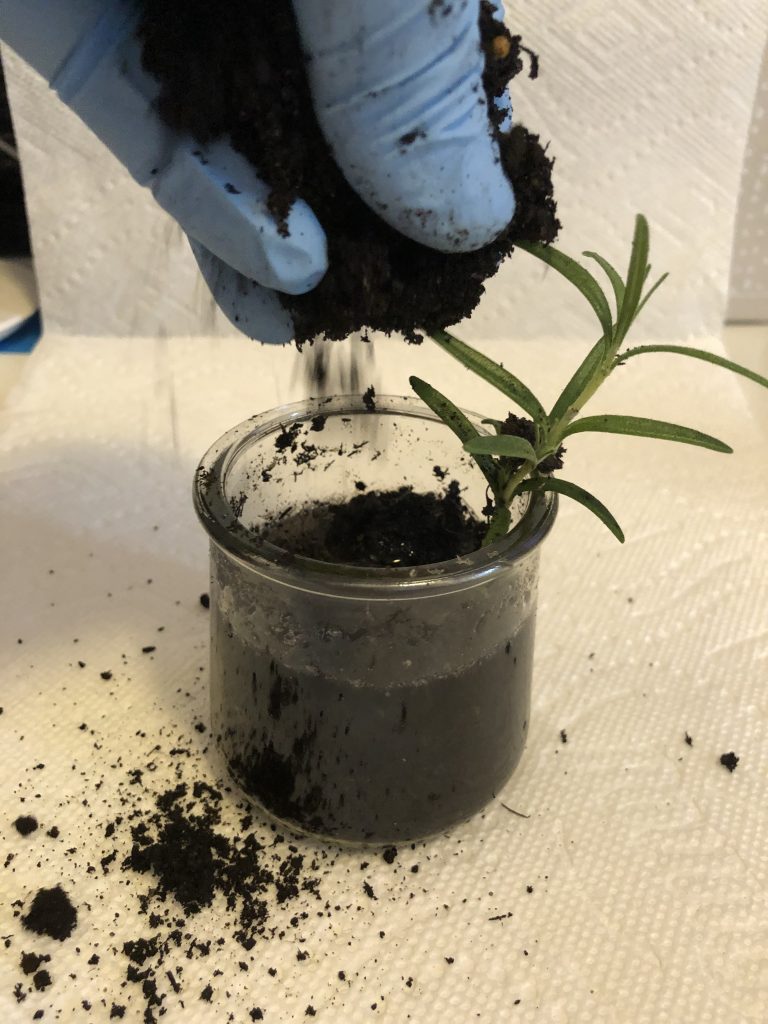 Learning Two Things Two Ways - Water to Soil Planting - The First Way - Image E
Learning Two Things Two Ways - Water to Soil Planting - The First Way - Image E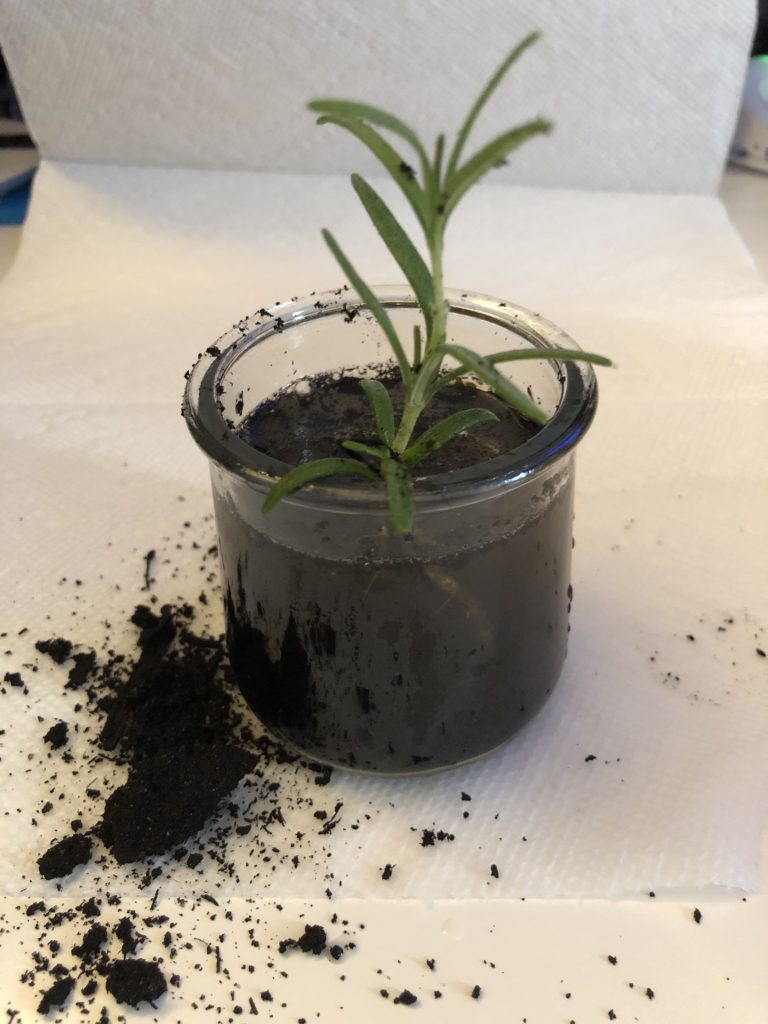 Learning Two Things Two Ways - Water to Soil Planting - The First Way - Image F
Learning Two Things Two Ways - Water to Soil Planting - The First Way - Image F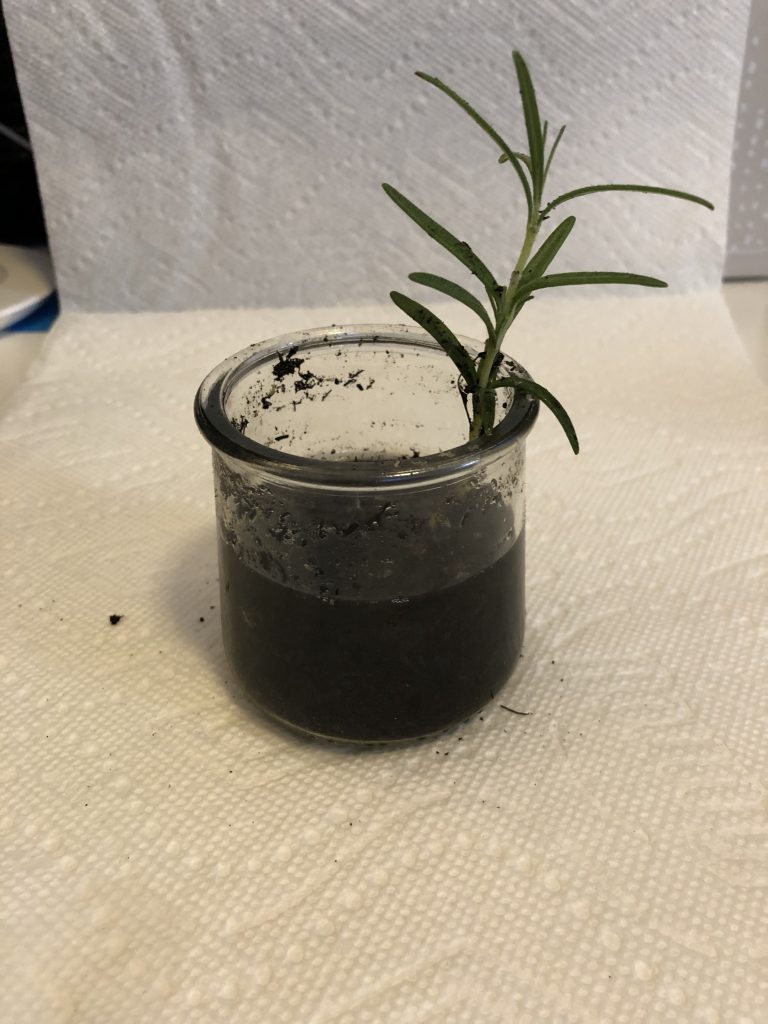 Learning Two Things Two Ways - Water to Soil Planting - The First Way - Day 2 - Image G
Learning Two Things Two Ways - Water to Soil Planting - The First Way - Day 2 - Image G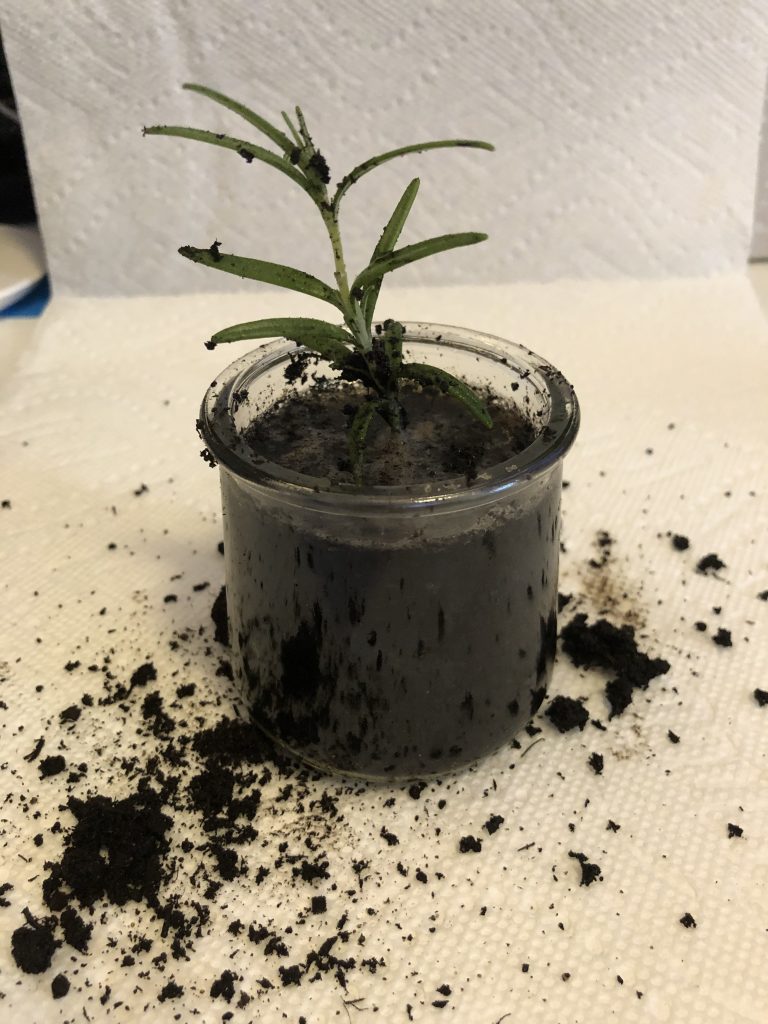 Learning Two Things Two Ways - Water to Soil Planting - The First Way - Day 2 - Image H
Learning Two Things Two Ways - Water to Soil Planting - The First Way - Day 2 - Image H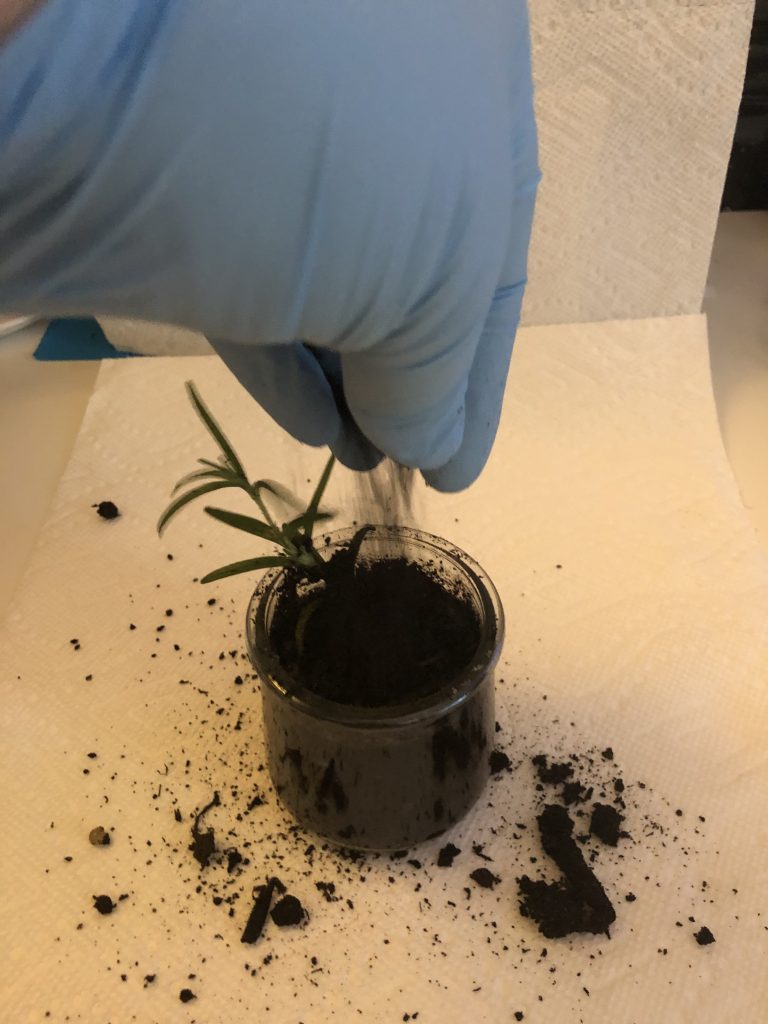 Learning Two Things Two Ways - Water to Soil Planting - The First Way - Day 3 - Image H
Learning Two Things Two Ways - Water to Soil Planting - The First Way - Day 3 - Image H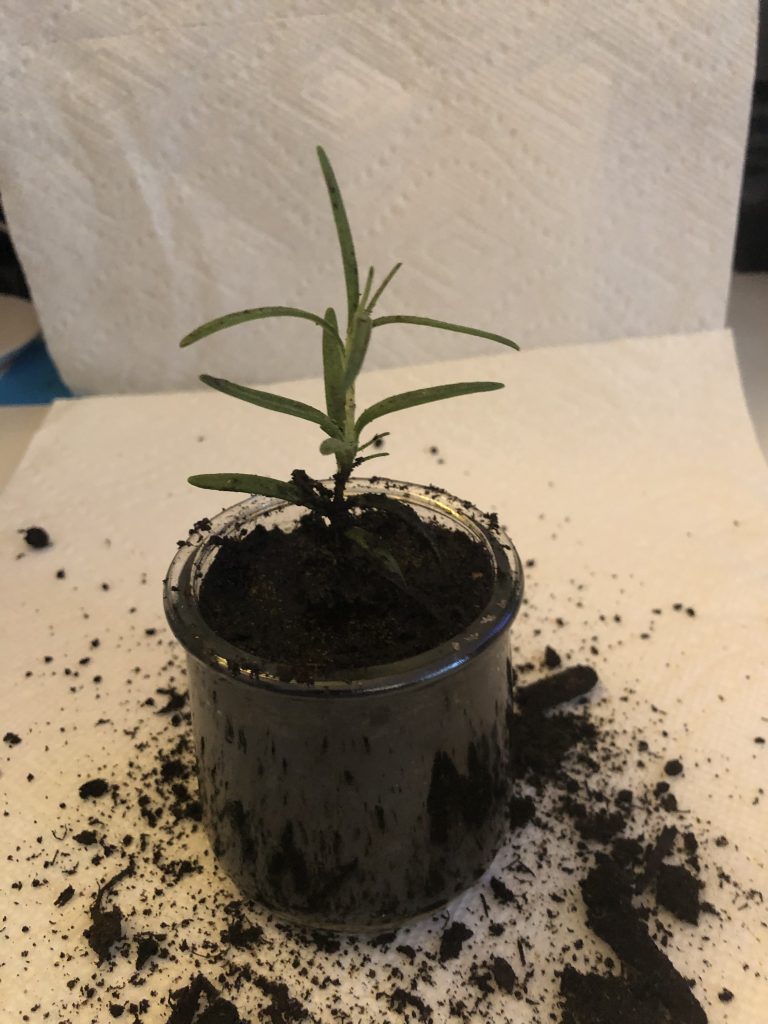 Learning Two Things Two Ways - Water to Soil Planting - The First Way - Day 3 - Image I
Learning Two Things Two Ways - Water to Soil Planting - The First Way - Day 3 - Image IFor the first way to learn my first thing, I chose use the top Google search result for “How to Convert Water Roots to Soil Roots.” This method was a step by step tutorial with no images, but it had a good description and well-written, though short, methodology, as well as several subheading to point out things to be aware of.
The second way I chose to learn my first thing was to use a popular social media site known for sharing experiences and, often, providing advice to other users—Reddit. I started out by performing a Google search using the ’site:Reddit.com’ modifier and, again, searching for “How to Convert Water Roots to Soil Root.” This approach might best be described as falling down a rabbit hole you asked to fall into. After getting on to Reddit, it’s easy to search around under suggested “subreddits”—aka categories or topics—but you’re not likely to find exactly what you want right away or in one place.
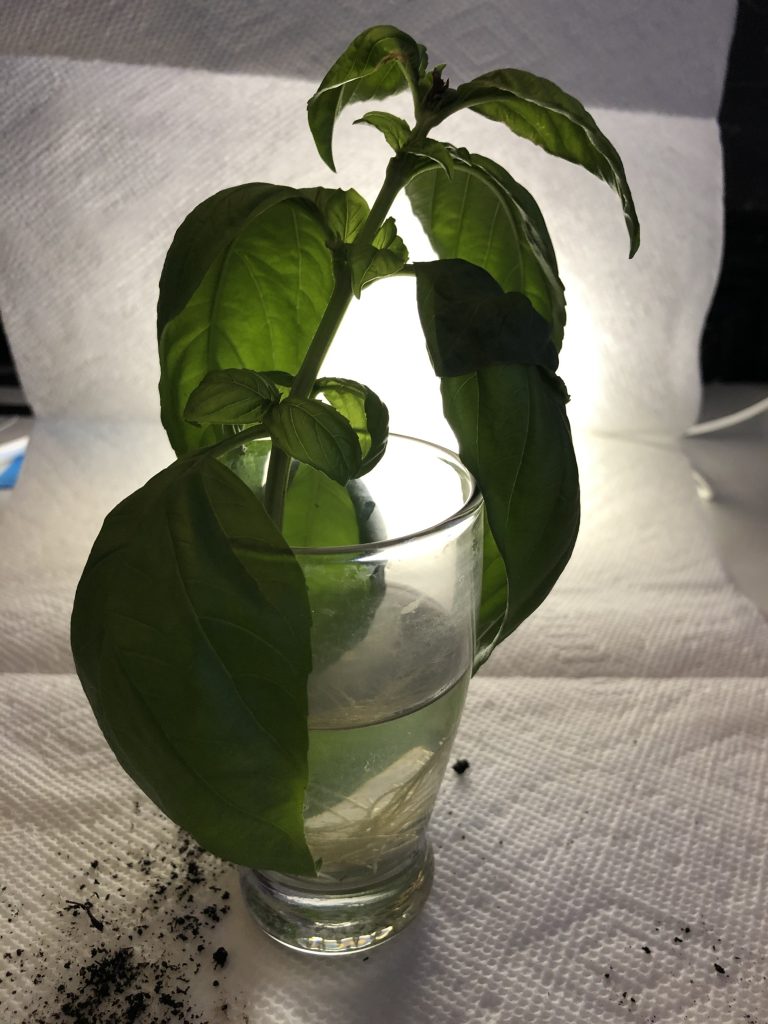 Learning Two Things Two Ways - Water to Soil Planting - The Second Way - Image A
Learning Two Things Two Ways - Water to Soil Planting - The Second Way - Image A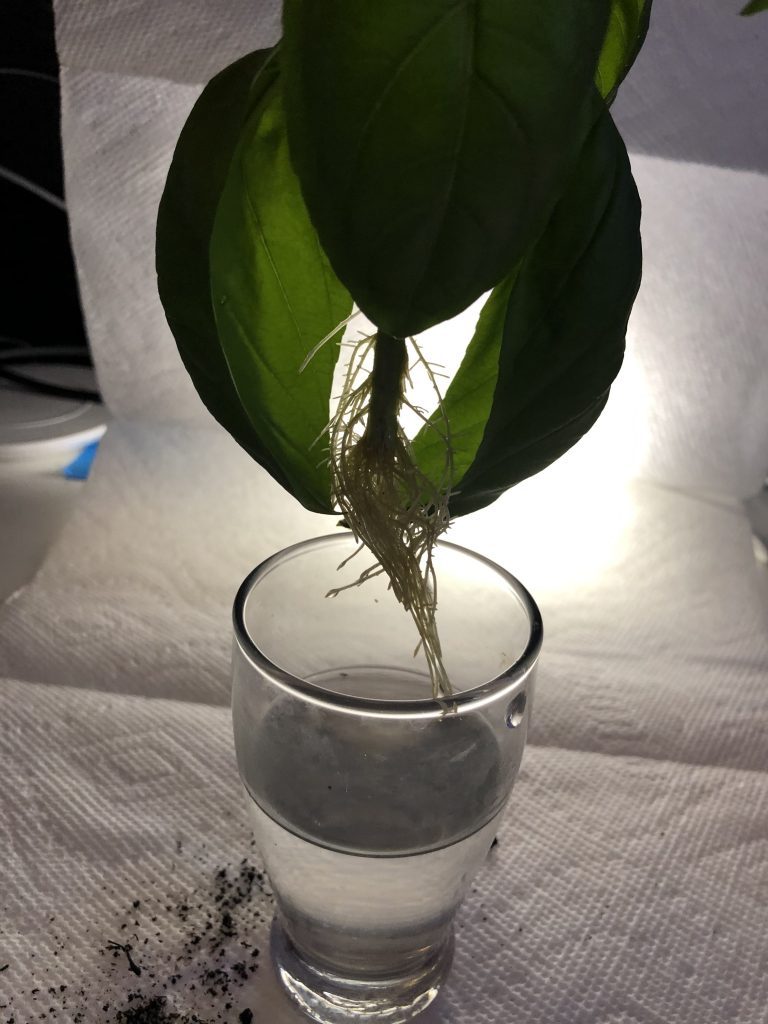 Learning Two Things Two Ways - Water to Soil Planting - The Second Way - Image B
Learning Two Things Two Ways - Water to Soil Planting - The Second Way - Image B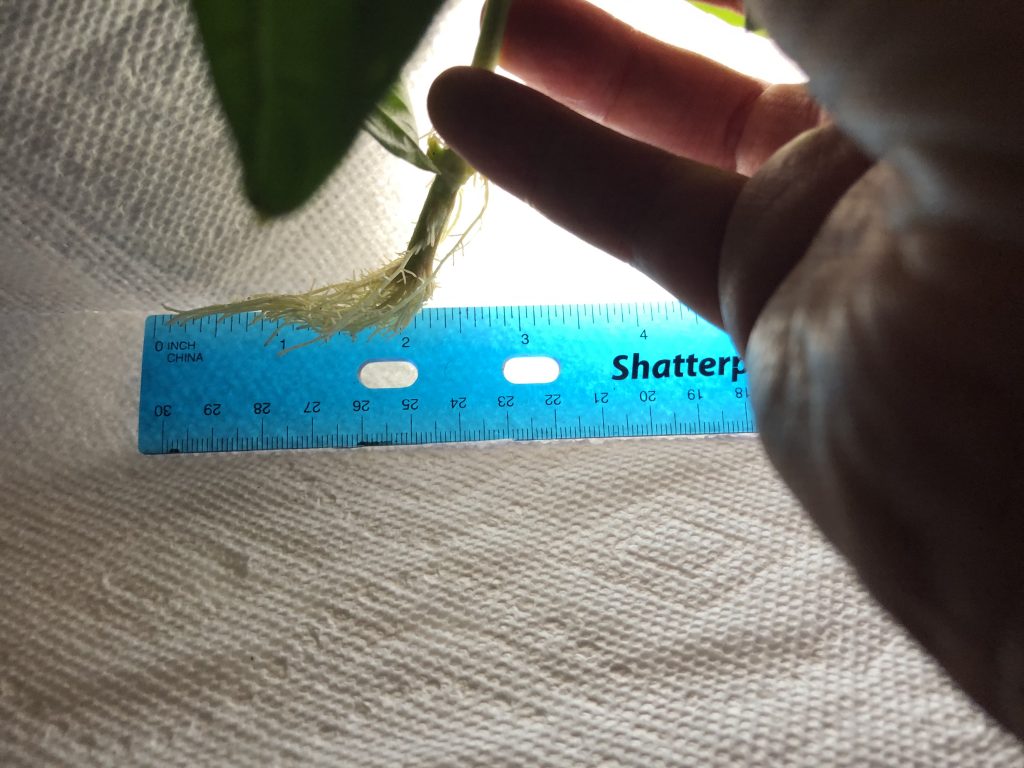 Learning Two Things Two Ways - Water to Soil Planting - The Second Way - Image C
Learning Two Things Two Ways - Water to Soil Planting - The Second Way - Image C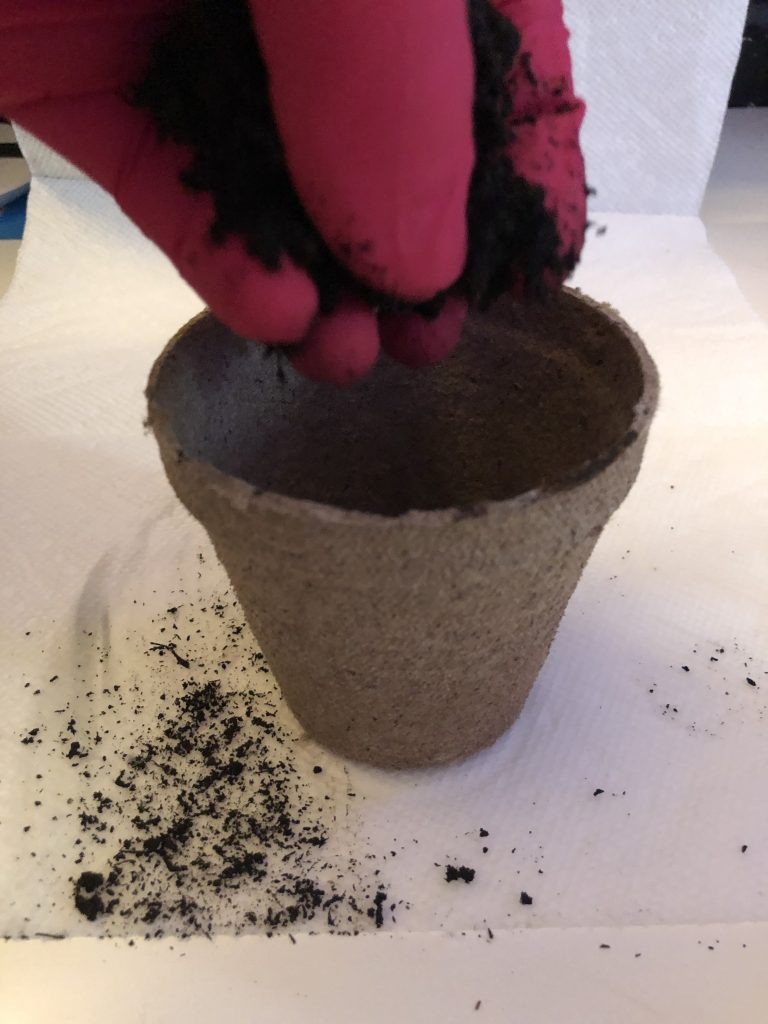 Learning Two Things Two Ways - Water to Soil Planting - The Second Way - Image D
Learning Two Things Two Ways - Water to Soil Planting - The Second Way - Image D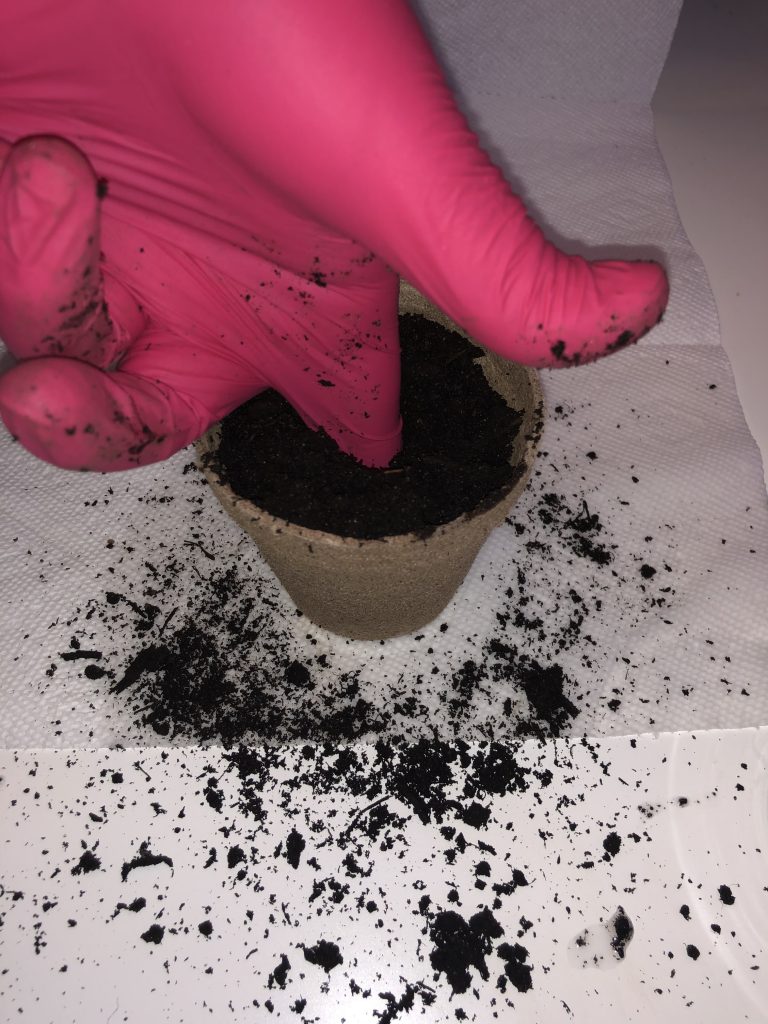 Learning Two Things Two Ways - Water to Soil Planting - The Second Way - Image E[/caption]
Learning Two Things Two Ways - Water to Soil Planting - The Second Way - Image E[/caption]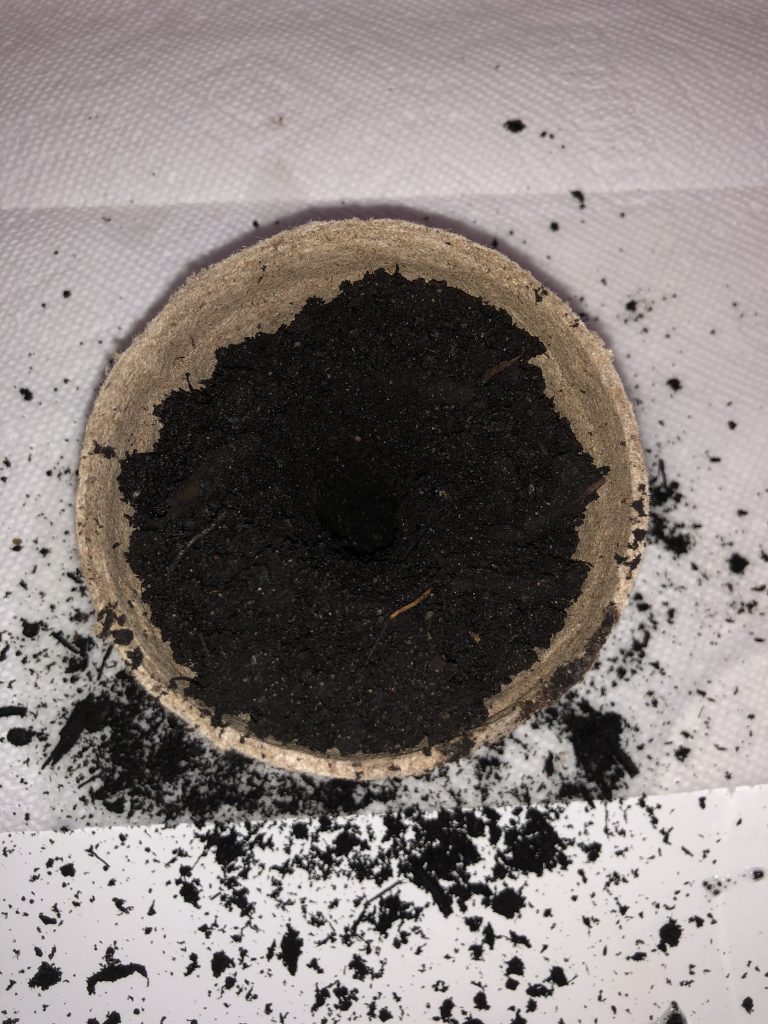 Learning Two Things Two Ways - Water to Soil Planting - The Second Way - Image F
Learning Two Things Two Ways - Water to Soil Planting - The Second Way - Image F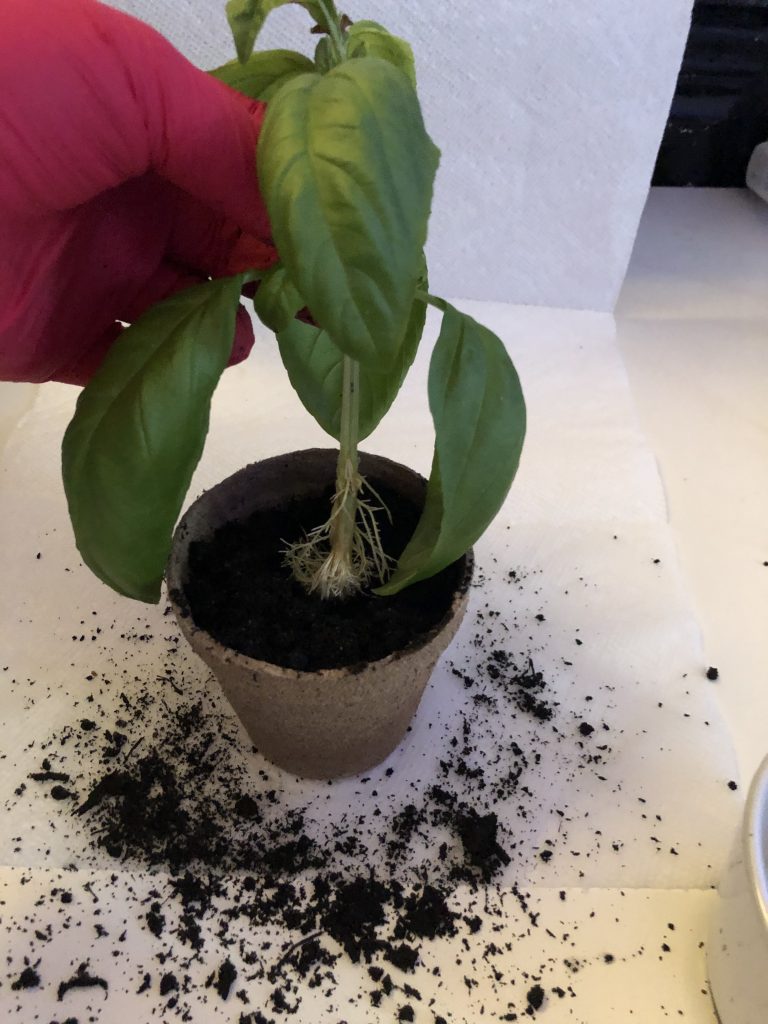 Learning Two Things Two Ways - Water to Soil Planting - The Second Way - Image G
Learning Two Things Two Ways - Water to Soil Planting - The Second Way - Image G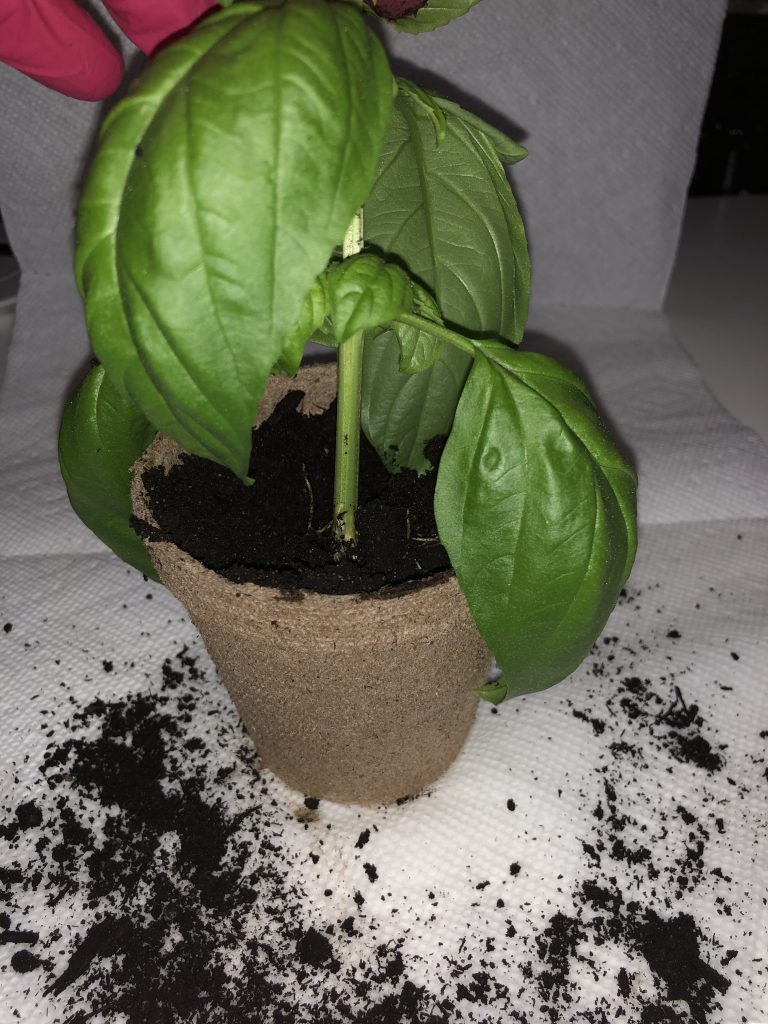 Learning Two Things Two Ways - Water to Soil Planting - The Second Way - Image H
Learning Two Things Two Ways - Water to Soil Planting - The Second Way - Image H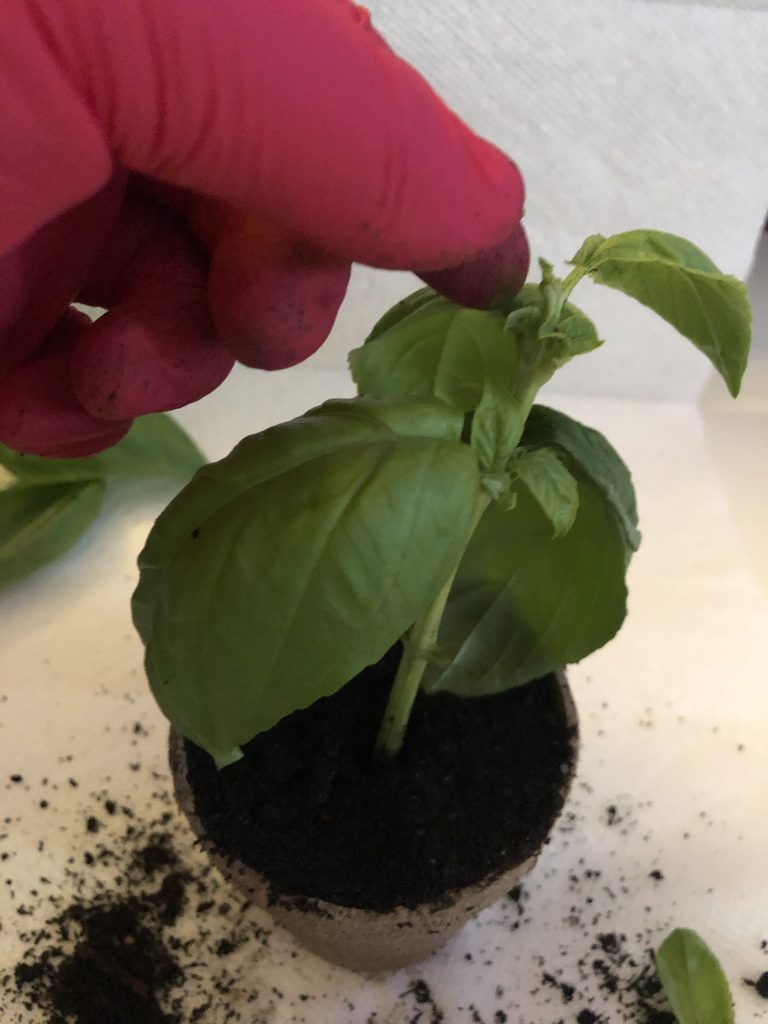 Learning Two Things Two Ways - Water to Soil Planting - The Second Way - Image I
Learning Two Things Two Ways - Water to Soil Planting - The Second Way - Image I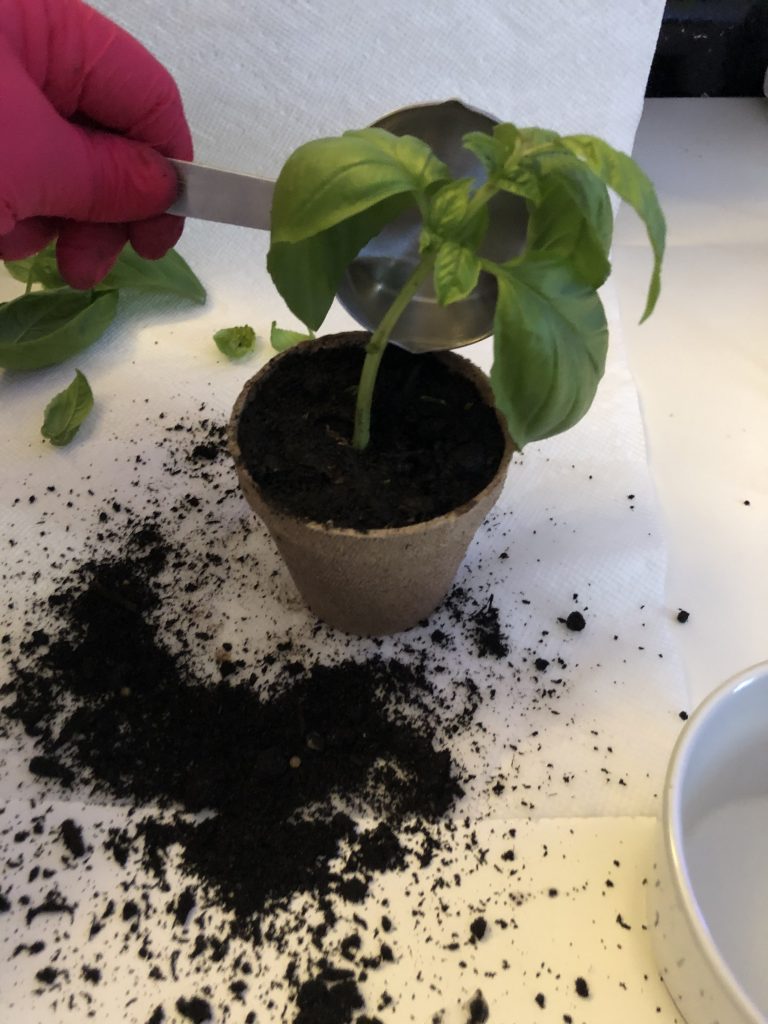 Learning Two Things Two Ways - Water to Soil Planting - The Second Way - Image J
Learning Two Things Two Ways - Water to Soil Planting - The Second Way - Image J
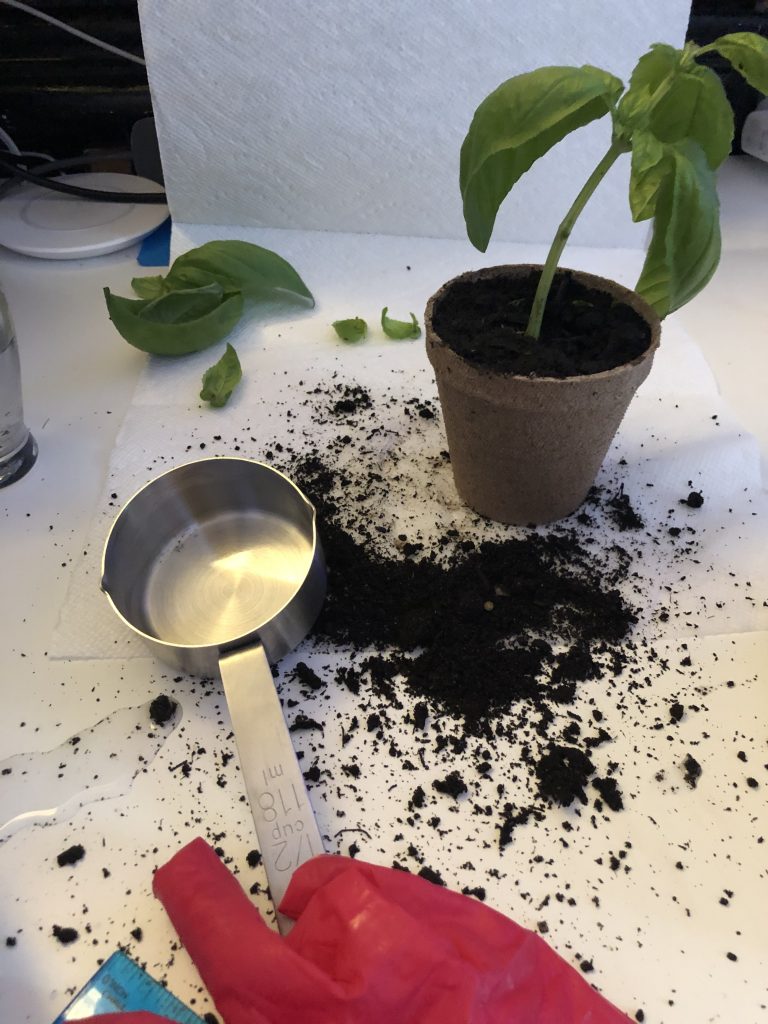 Learning Two Things Two Ways - Water to Soil Planting - The Second Way - Image K
Learning Two Things Two Ways - Water to Soil Planting - The Second Way - Image KHow did the two approaches to learning about how to transplant plant cuttings from water to soil compare? Honestly, I found that these two methods complemented each other very well. The first method, the written guide to transplanting, provided a very basic, but concise description of the process, as well as organized important aspects by using subheadings for things like “Things You Will Need”, “Tip”, and “Warning.” The second method, looking through Reddit.com for the same information, yielded similarly beneficial results, but in a much less centralized and organized way. Using just either approach would have left me wondering if the cuttings I had been rooting in water for over a week would be adequately cared for as I transitioned them to soil. Together, I found not only a collection of steps all in one place, but also an abundance of information from various people with varied experiences on how to best transplant the specific plants I was trying to propagate. Combined they made for a great, comforting experience!
This task was one that I’d been wanting to learn to do for a long time, but was unsure of where to start (and was kind of dreading the mess.) This assignment was the perfect reason to pull out the potting soil and find out what I could. Approaching this as a learning-conscious learning task was a big strange at first—as if I’d somehow had the enjoyment process of my personal project hijacked by schoolwork, but, in the end, it proved to be super beneficial. In the process of taking stock of how I was trying to be taught (specifically by the steps in the first approach and the scattered advice in the second) in addition to how I was learning, I slowed down to appreciate a fuller picture; making sure to take note of not just the parts I thought I wanted, but reading, for example, the subheadings in the article (which had important info) and the responses to the comments I was learning from on Reddit (which also had important info.) Noting such details made a difference in my experience in that I feel like I got a fuller, more informed picture of something I wanted to learn more about.
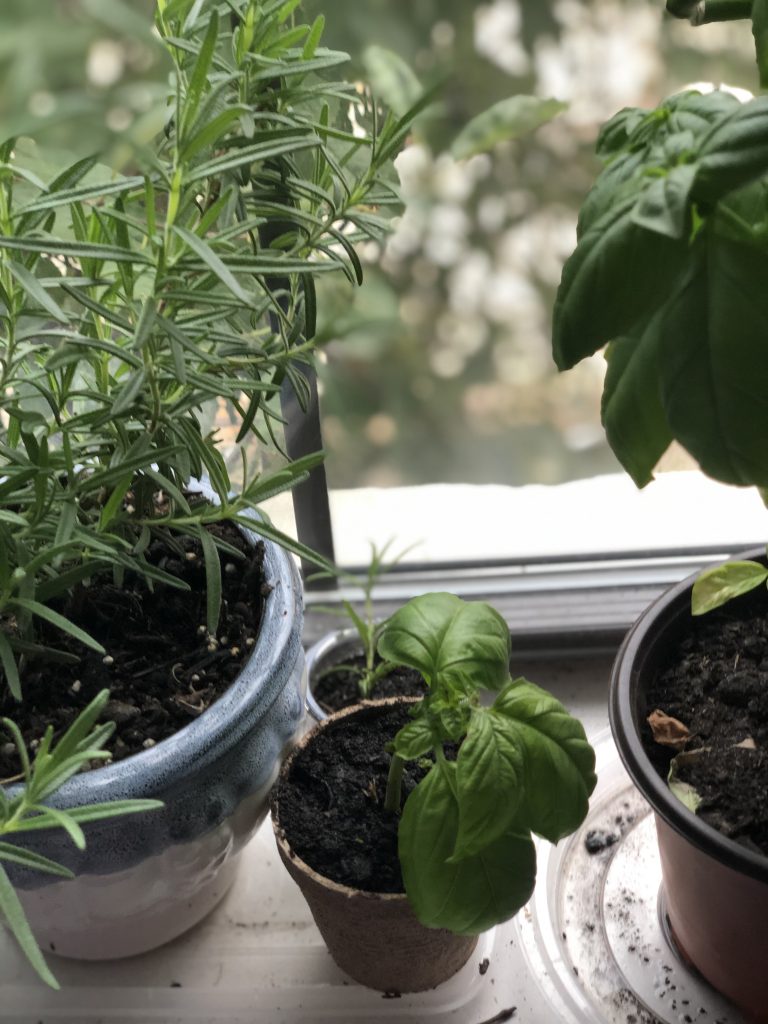
For my second thing to learn, I chose something much more practical. Just over 8 weeks ago, I had my shoulder replacement replaced (due to complications from chemotherapy.) A week before the first assignment to learn two things was given, I received an information packet of next steps of types of therapy I should do before and after 12 weeks post-surgery. While I was waiting for my first therapy appointment, I decided to look into exercises I could do that would follow his recommendations. Having done almost six months of physical therapy last year for my previous shoulder replacement, I felt confident that I had an idea of what kinds of things I should *not* be doing. Had I come across, exercises that would have been dangerous/harmful to my body and implant, I would have steered clear, skipping over them, to err on the side of caution when it comes to my health. This activity felt more important, with consequences much more serious than having a cut branch die. Because of that, I could tell I more serious and rigid in my approach to what I accepted as adequate content for this task versus the previous one.
The first way I chose to learn about this second topic was through using a remote physical therapy app with a customized set of exercises created for someone with a reverse shoulder replacement, like mine. This set of exercises was customized by a physical therapist, Dr. Marc Rubenstein, who helped advise my team on a design competition; my team is working on creating a next-generation virtual therapy solution. This method provided access to a set of exercises which included both written instructions and video.
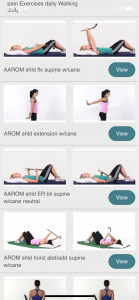
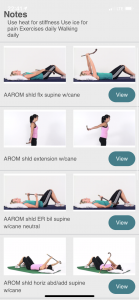
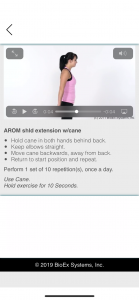
The second way I chose to learn about my second topic was by searching YouTube for “reverse shoulder replacement physical therapy.” While it wasn’t the first result, I noticed among the results a video that said “Shoulder Replacement Rehab – PHASE 1 | Shoulder Replacement Rehab Workout” and just below that another video similarly named, except with “PHASE 2” in the title. I decided to go with these as videos as they seemed to acknowledge different stages of therapy, much like my surgeons have recommended for post-surgical physical therapy. These videos contained high-quality footage of exercises from different angles with multiple positions and included narration.
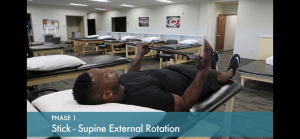
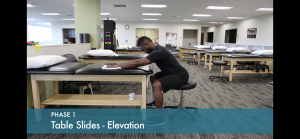
How did the two approaches to learning about how to learning appropriate therapy exercises compare? I found there was really not much contest between which method I preferred, trusted, and would use again and the one I wouldn’t. The first way, the customized therapy app, was lo-frills production-wise, but more than made up for that in its tailored content—which made picking the appropriate exercises a no-brainer—and access to an expert should I have had questions. The second way, the “Shoulder Replacement Rehab” series I found on YouTube, provided more robust, detailed information, distinguishing itself with well-produced, narrated content. The exercises from the videos were easier to follow, but as to which exercises to do and how many of which (and how often) were left as big open questions marks. More concerning to me, though, was that some of the exercises that were suggested for patients who are where I’m at in the process directly contradict the guidance from my doctor by requiring resistance training, so I avoided them.
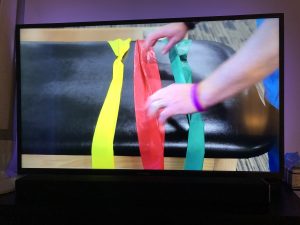
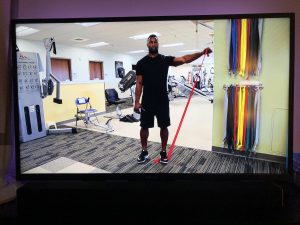
In terms of approaching this task as a learning-conscious learning activity, doing so allowed me to take a step back and notice the difference between presentation/platform vs the content itself. In this case, distinguishing the two, the customized app solution provided content that was higher-quality, as it was not only exactly what I was looking for but created/administered by a clinician familiar with my case; however, the presentation of the YouTube content appeared to have much more production value and showed the content from multiple perspectives. Since this tasked involved my health and well-being, I tended to heavily favor and trust the content provided by someone I knew was trained in the field and was familiar with my case; I’m not sure learning this two ways made much of a difference, since I didn’t have much confidence in the second approach upon seeing things with directly contradicted my surgeon’s recommendations.
As far as a takeaway from this activity, I definitely noticed a difference in quality not just in terms of how the information was presented, but in terms of the information itself. For example, when it comes to learning how to propagate a plant cutting that has rooted in water by transplanting it to soil, I noticed that each platform had its clear advantages. Were I to make recommendations to a friend asking about trying the same thing, I would suggest searching Google for a step by step set of instructions for an overview of the process—who am I kidding? I’d offer to send them a good, vetted link—and then recommend trying a social media site such as Reddit.com for tips, tricks, and specifics to be aware of. One of the amazing perks of using a platform like Reddit is that you can start to see not just recurring themes you may want to watch out for, but you’re often able to search for specific details/suggestions that may pertain to your specific circumstances—just due to the sheer quantity of information from so many sources. To me, asking Reddit is not all that different from asking friends for suggestions and is a great resource for more informal information sharing. My suggested approach for learning something like this would be to start out by finding a good source to find the essential steps on how to transplant the rooted cuttings (so that they gain a solid overview of the process), and then, once they have specific questions or concerns, using a secondary (re)source full of advice.
Of course, if you really want to know how, you could just shoot me an email!


